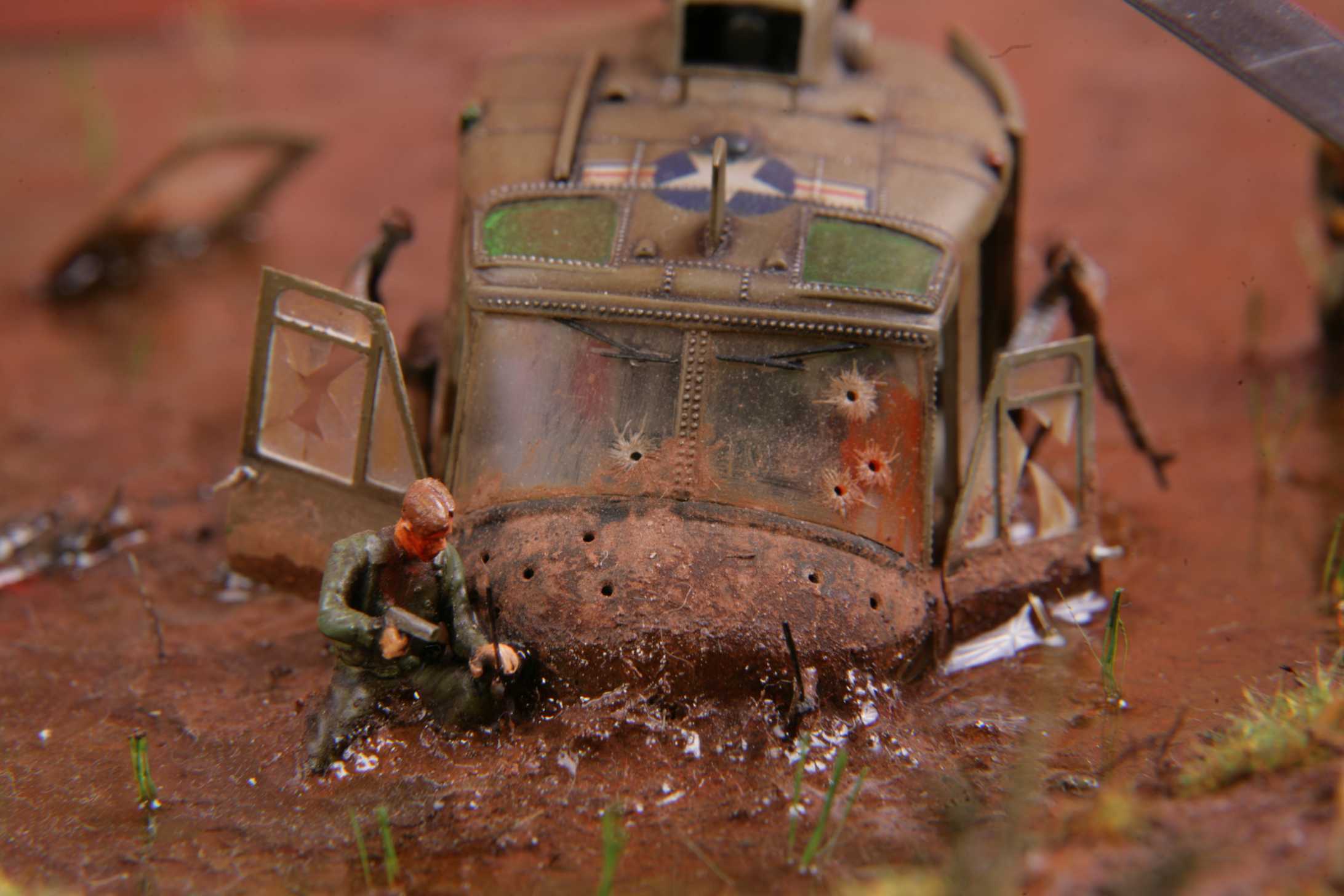

The 1969 Huey, serial number 69-15171, was revered in the unit and Schuster’s favorite. Towards the end, Schuster said the Guard had only six left. Schuster said the Delaware Army National Guard was one of the last three medevac units to still operate Hueys through 2009. Darin Schuster with the Delaware Army National Guard. The Huey was single engine, the Blackhawk is dual engines,” explained Lt. Like they needed to carry more troops, be able to move more equipment, so they wanted a bigger aircraft. “The Huey was a great aircraft, but when we got into the Cold War era and stuff like, they realized they needed an aircraft that could do more. However, the UH-1 has since been replaced with the UH-60, or Blackhawk helicopter, because the military wanted something bigger, faster and more powerful.Īctive duty and National Guard units started transitioning to the Blackhawk in the ’80s. The Huey revolutionized Army combat operations. Vietnam was where Army aviation took off. Haga said Mowry later discovered he had flown 823 in Vietnam. There, he recreated the nose art he first painted almost 50 years ago.

Huey pilot Russ Mowry found out about the Liberty War Birds’ restoration of Huey 823 on the 170th AHC Facebook page and drove down to Carlisle, Pennsylvania to meet Haga and the aircraft at the United States Army Heritage and Education Center’s annual Army Heritage Days event last May. The company adopted the nickname “Bikinis.” The two flight platoons were nicknamed, “Bikini Blue,” and “Bikini Red,” and a custom painted picture of “Annie Fannie,” of Playboy fame, was featured next to a winged dragon on each aircraft’s nose. She was part of the 170th Assault Helicopter Company out of Fort Benning in Georgia. Huey 823 accumulated over 1,300 combat hours in Vietnam and has the bullet hole patches to prove it. The single-engine helicopter was a workhouse, widely used for medical evacuation missions (medevac) and moving troops quickly from one landing zone to another. She was among 7,000 UH-1 helicopters deployed during the war. The 1966 Huey served in Vietnam from 1968 through 1970. Lake hopes reuniting with the iconic Huey will help vets remember those stories, good and bad, and eventually lead to some level of healing for them. “The stories may be buried, but the emotions are always filtering up.” Everybody said, ‘Get out of your uniforms, get into civilians,’ because the population in America at the time took out their angst about the Vietnam War on the troops,” Lake said. “Remember that when Vietnam vets came home, we were told, don’t tell your stories. Lake said she has witnessed the powerful emotions and connection vets feel when they touch or sit in the 823. PTSD therapist and Vietnam veteran Alexis Lake volunteers her time with Liberty War Birds and also serves as the vice president of maintenance. It’s not going to be a static display, we’re going to get it flying again,” Haga said. “Right now what we’re doing is restoring a Vietnam veteran UH-1H helicopter to flight status. It’s just fun.”īut Haga said he and his volunteers are doing more than just fixing up 823’s paint. “So when you can get to work on one of these things it’s neat. “It’s like a kid with a big train set,” said volunteer Steve Rosinski, who served as a crew chief in a Huey in Vietnam. The majority of those volunteers are Vietnam War vets.

Since Liberty War Birds acquired Huey 823, as she’s called, about a dozen dedicated volunteers come to a hangar at the Lancaster Airport every weekend to rebuild her. The first two numbers indicate when the helicopter was built, 1966. The aircraft’s serial number was 66-16823. Two years ago, the nonprofit scraped together $250,000 in donations to buy a Huey. No specific descent rates mentioned, but rather procedures to check for specific types of damage are spelled out.WHYY thanks our sponsors - become a WHYY sponsor See page 95 for the information on hard landing.
#What is a huey helicopter manual
Neat, I wouldn't have thought the manual for the 205 (aka Huey for the military version UH-1) was also available but it is: It also mentions if the cabin fuselage reaches the ground, it is considered to have sustained a 10G load. I Googled and found a manual for the 206, it mentions the skids and crosstubes will deform at 2.5G of load. This could leave a mark, deform and in extreme cases could even break off. If there was a hard landing, the spike could contact the sides of the opening. As the drivetrain wiggled around, this spike would move with it, and there was a plate with an opening within which the spike moved. In the engine/transmission compartment, I recall there being a spike which was attached to the drivetrain, the drive train having some freedom of movement within the compartment. I don't have descent rate numbers, but many years ago I trained on a Bell 206.


 0 kommentar(er)
0 kommentar(er)
